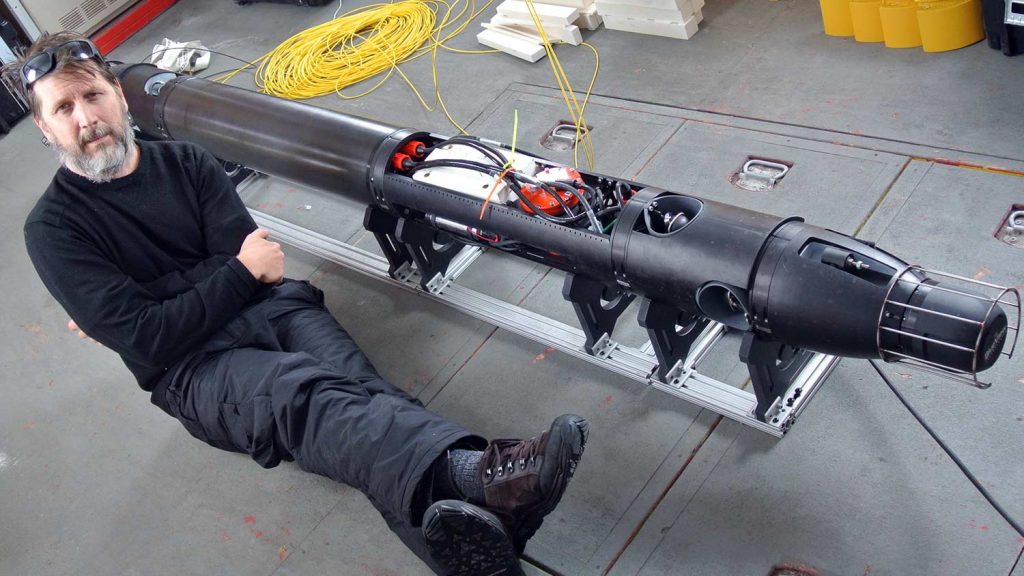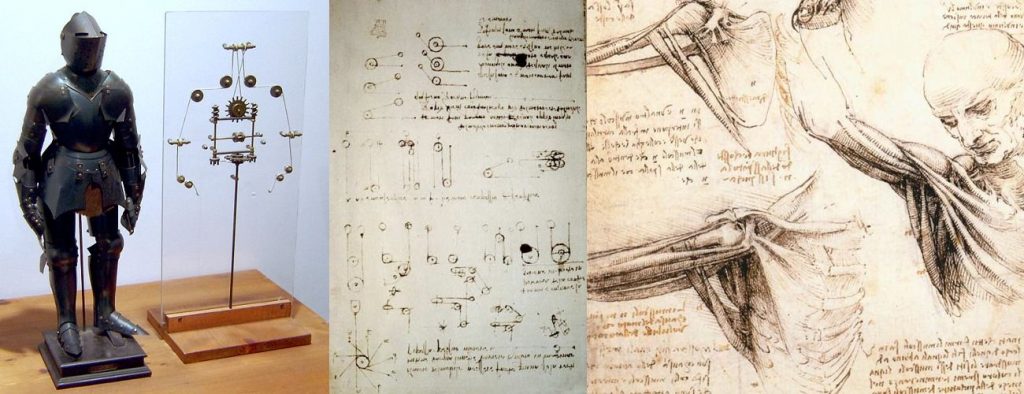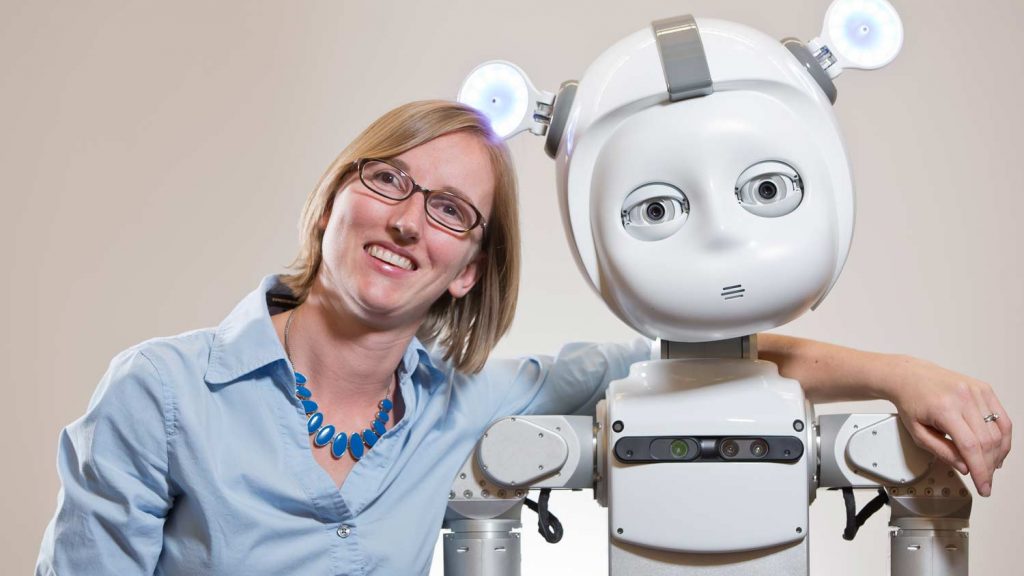Robot science is one of the most interesting fields explored in the 21, century. Still many things about robots are unknown and have yet to be discovered.
Maybe soon robot can place the best bedding odds and win for you?
We still don’t know when will robots replace are day to day lives, but we do know that that kind of future is close.
Learning about robots is the first step to knowing what kind of these smart little things you want so you can be prepared to buy it in a few years. Maybe not mister robot, but at least a mini version of it.
Here is a list of 13 mind blowing things about robots you probably didn’t know about. Let’s explore together.
- The term robot comes from the Czech word “robota” that means hard work and forced labor.
- Robots first appear in 1921 play R.U.R. (Rossum’s Universal Robots). The drama ends badly when the machines rise up and kill their creators, leaving a sole lonely survivor.
- The first known case of robot homicide occurred in 1981, when a robotic arm crushed a Japanese Kawasaki factory worker.
- Archytas of Tarentum, a pal of Plato’s, built a mechanical bird driven by a jet of steam or compressed air—arguably history’s first robot—in the fifth century B.C.
- They can go deep sea diving in Antarctica.

- Crude Robots have defused bombs for over 40 years. Furthermore, they take away the risk of human intervention for bomb diffusion.
- They can help stroke victims shave or scratch an annoying itch.
- They don’t need a chest seal or that type of medical care
- In the year 1945, Leonardo da Vinci sketched detailed plans for a mechanical knight to illustrate his idea about the future and robotics

- In the year 2002, Mark Roshiem created a prototype of da Vinci’s robotic knight that could talk. Mark Roshiem also used Leonardo da Vinci’s designs as inspiration for robots he developed for NASA.
- The US Marines has a robot (LS3, Legged Support System) that walks on four legs. Furthermore, it can carry up to 400 pounds of equipment and moves across the terrains like a mechanical mule.
- Cybernetics professor Kevin Warwick calls himself the world’s first cyborg, with computer chips implanted in his left arm. He can remotely operate doors, an artificial hand, and an electronic wheelchair.
- Hans Moravec, founder of Carnegie Mellon’s Robotics Institute, predicts that robots will emerge as their own species by 2040. “They could replace us in every essential task and, in principle, operate our society increasingly well without us,” he concludes, oddly cheery.
- MIT’s Media Lab is trying to make robots personal, developing RoCo—a computer with a monitor for a head and neck—and Leonardo, a sort of super-Furby designed to respond to emotional cues.

Soon robots will change the world, maybe they will use Japanese shears to fix your hair or simply they will be in charge of their own salon. Who knows?
Stay tuned and find out.
Also, if you want to be stronger, faster, and more resistant like robots, drink recovery drink. You will see the effects.
